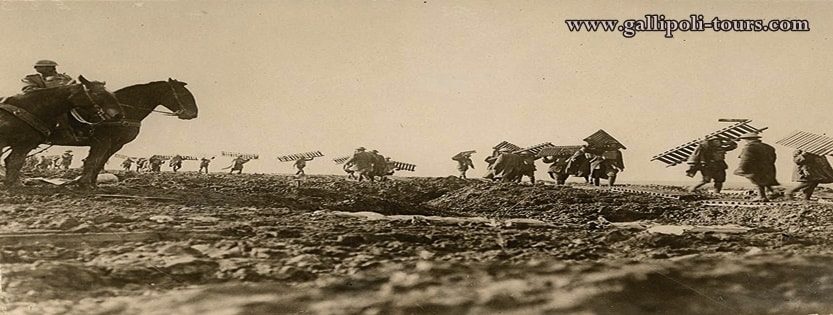Battle Of The Dardanelles Strait
Battle Of The Dardanelles Strait
The individuals who lived in Gallipoli were a piece of the contentions in the entire of the First World War. This is the reason it is as a matter of first importance important to elucidate a theme. It is important to characterize this occasion as “the Gallipoli Battle“, not the “Gallipoli Battle” or “Wars”. Yusuf Hikmet Bayur’un more self-definition as “Gallipoli Shooters” can be communicated as. Similarly, as the crashes that occurred in the Dardanelles on 18 March 1915 ought to be characterized as “Gallipoli Strait Battle” as opposed to “Gallipoli Naval Battle” …
The First World War is one of the two ghastly destructions that individuals in the twentieth Century have lived into help their rivals, who can not bargain on the most proficient method to share the world, for their adversaries. Amid both world wars, a huge number of officers and regular folks have been slaughtered, injured, debilitated, villages, urban communities, towns have been scorched, pulverized and spilled on people as bombs and slugs that should be spent for human prosperity.
At the absolute starting point of such ridiculous computations that have such unfortunate outcomes, Turkish individuals need to partake. Accordingly, in the initial segment of this review, the reasons why the Ottoman Empire got to be distinctly one of the gatherings of the First World War were quickly said. It is a result of the way that it is imperative to comprehend the certainties that have created through the span of two hundred years, how they have come to the Gallipoli coasts.
So as to have the capacity to recollect and comprehend the general population who lived in Çanakkale in 1915, it is important to explore the sources that passed on our late history to us. Since the most practical answers that can be given to inquiries, for example, how the impacts of past occasions influence society today, how it influences today, and how it influences tomorrow will be covered up in the information that history of a general public’s memory records gives us.
The path in which we translate the information that history gives us is a different matter that must be assessed all alone. We have to first see how this is taken care of by outsiders and afterward glance back at what we have done.
To give a case of works that mirror nonnatives’ perspective on the Dardanelles Battle, we can demonstrate C. F. Aspinall Oglander and Charles W. Bean’s books.
The work of officer based CF Aspinall Oglander, “Gallipoli Military Operation” and columnist based Charles W. Bean’s “Gallipoli Mission” and “The Anzacs’ Story” is the most imperative one that reveals insight into the historical backdrop of the Dardanelles, Are thought to be the source works. The strategies for individuals who uncover these works, which are viewed as very imperative sources regarding being seen by the opposite side from the perspective of the general population living on the Dardanelles Front, are entirely straightforward. As a matter of first importance, keeping in mind the end goal to enlist the occasions that occurred in Çanakkale for the benefit of them in the memory of the general public, data, records, recollections, reports, maps and so on related to the subject they managed. They have ordered, assessed and translated the information. A short time later, they have gone to the future by revealing their cognizance of the general population who constitute their open circle and who advance the national pride and direct these individuals toward national interests.

Leave a Comment